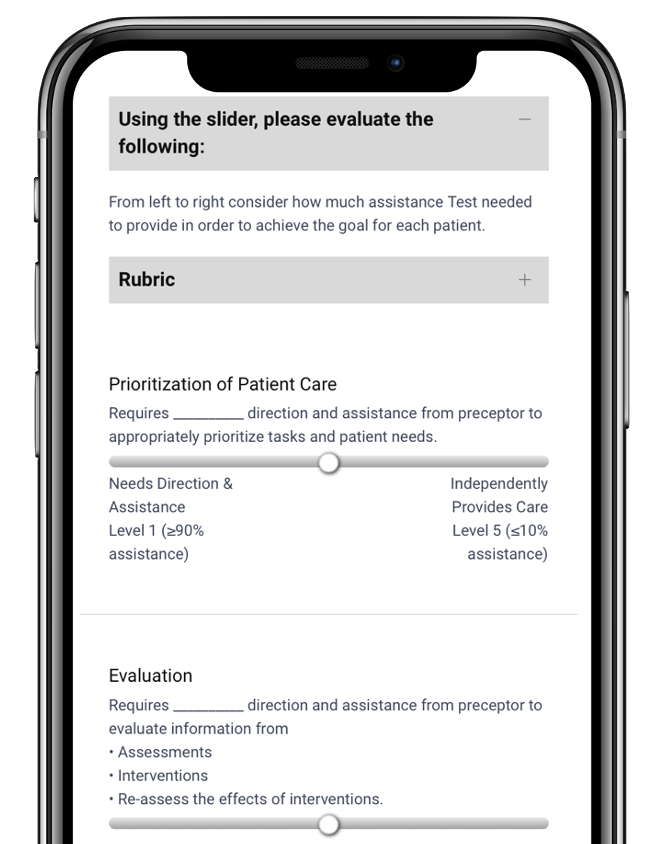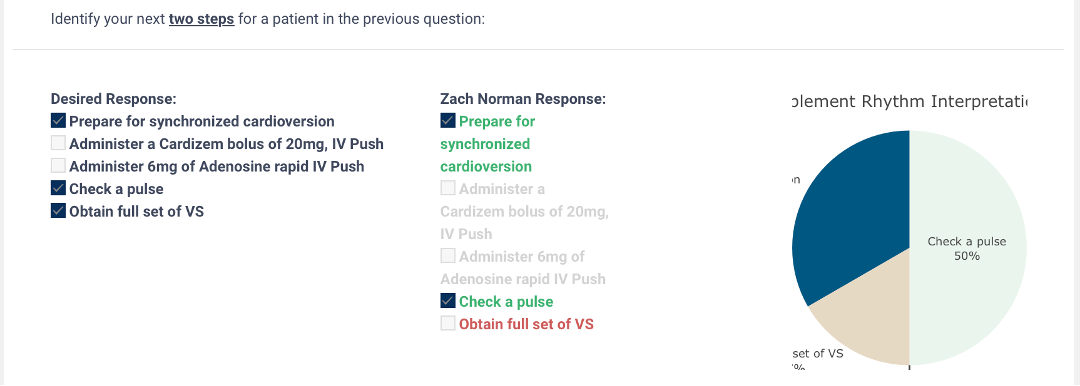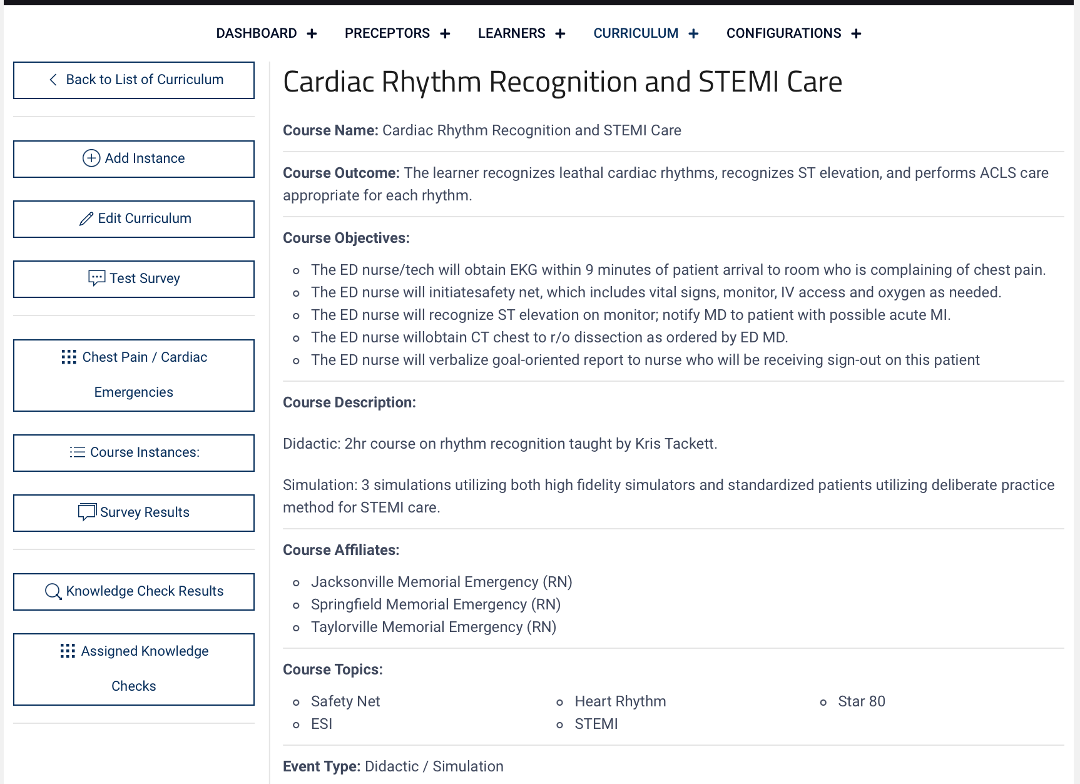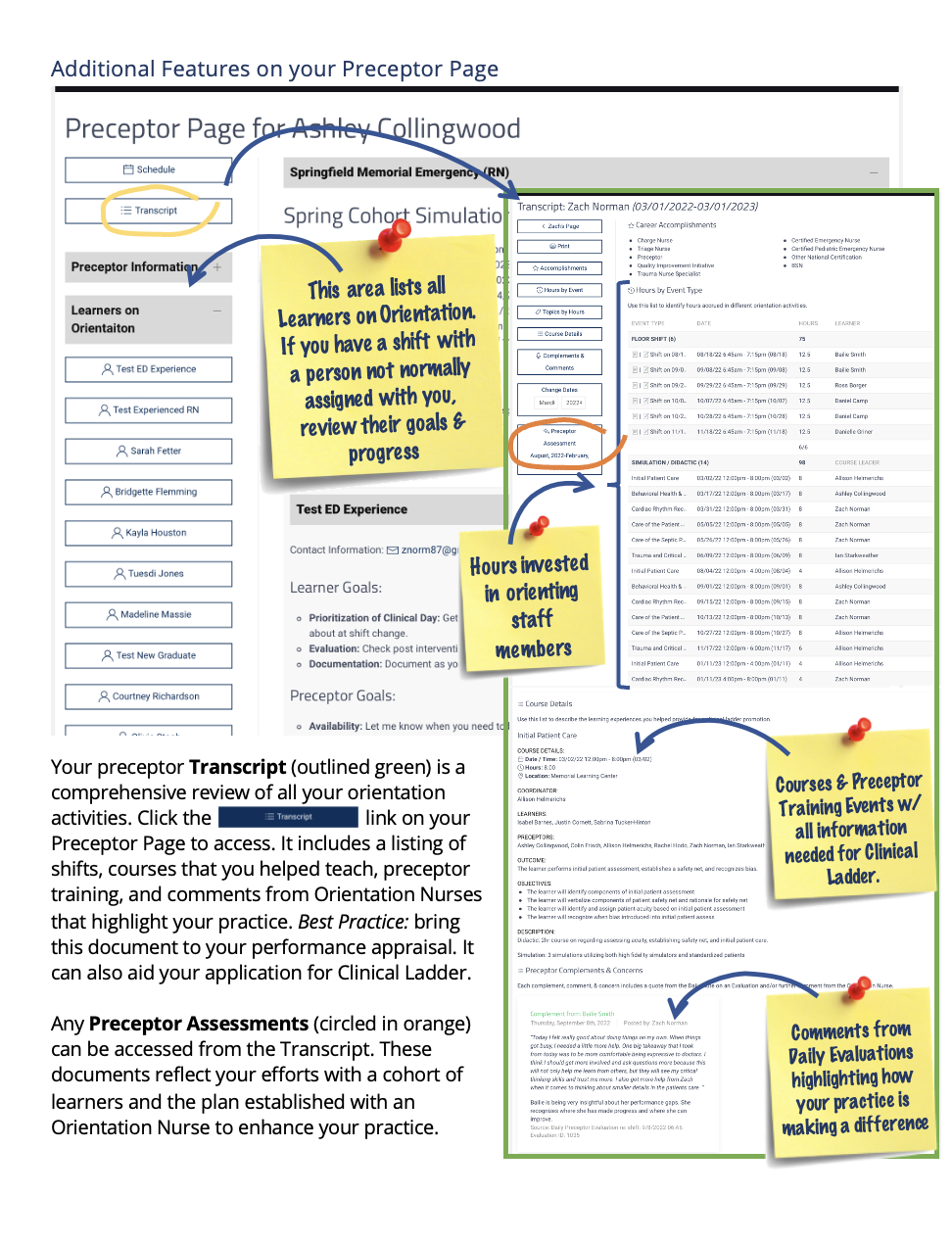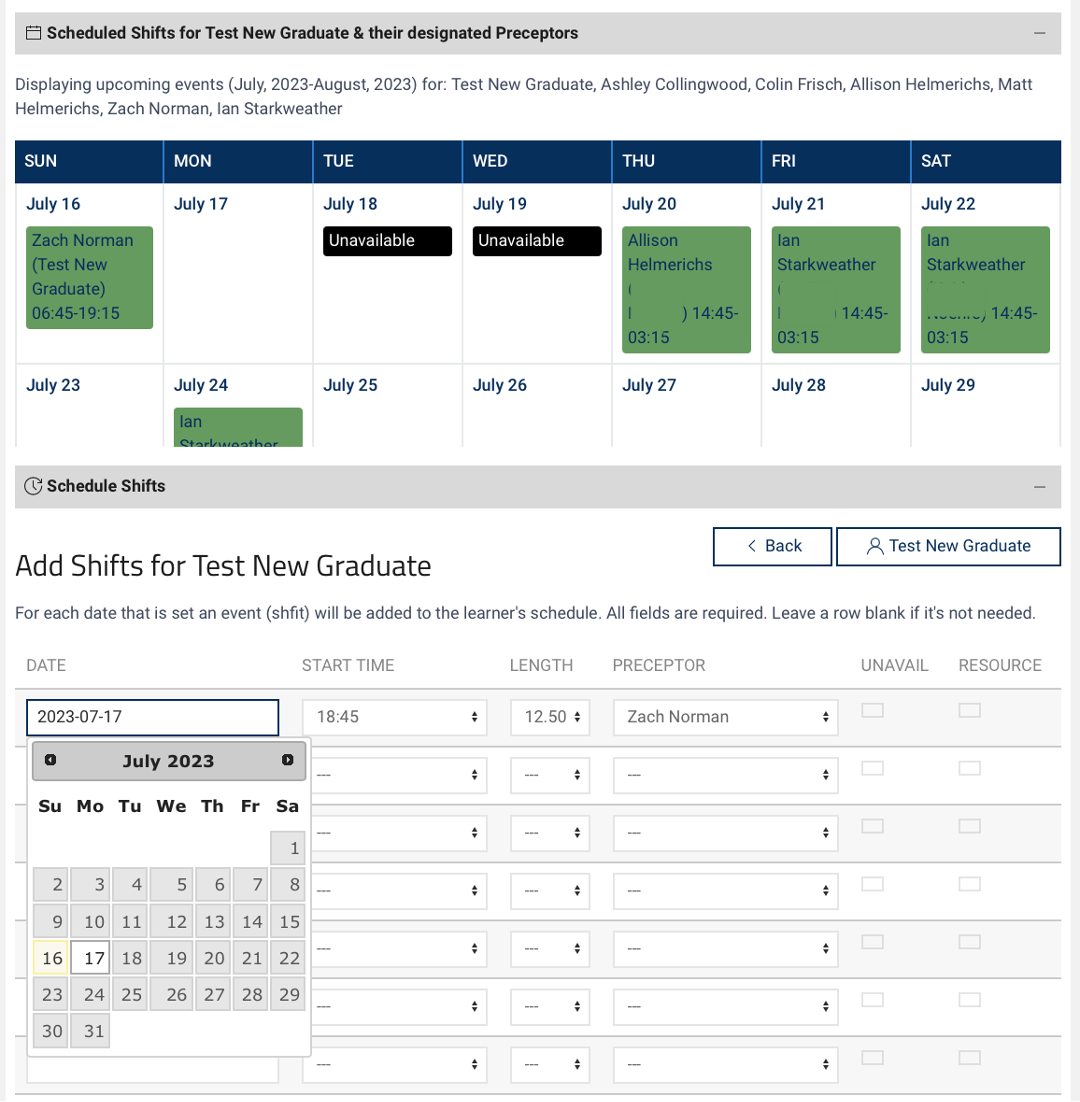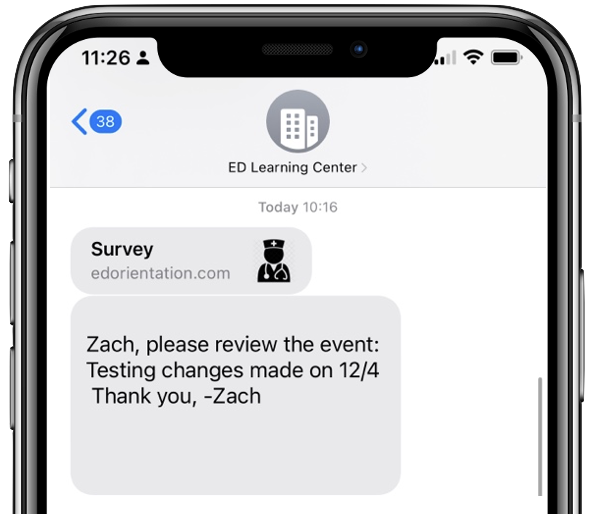Measure Progress
Stop checking boxes and wondering why things aren't working...
Orientation Tracking
The orientation tracking web application aims to help Nursing Educators individualize the Learner’s experience on orientation by measuring their progress to create a clinical judgement pathway. It also helps the educator identify patterns that support improving curriculum to better meet fluctuating needs. Finally, the tool assists the educator to communicate the Return on Investment to organization leaders.
Features
- Manage Contact Information and pertinent data points for Learners and Preceptors
- Mobile Device Friendly
- Built-in Communication tools by E-mail and Text
- Customize data points collected
- Organize by Shifts and Weekend Rotations
- Orientation Schedule
- Transcript of Learning Events
- Customizable Evaluations
- Multiple types of Evaluations
- Update individual goals and focus on the development of each Learner
- Customize Regulatory Documentation
- Document Competencies of Learners and Preceptors
- Conduct meaningful Preceptor Assessments to aid the development of this essential resource.
- Document Learning Curriculum
- Organize Classes
- Measure Knowledge Obtained
- Measure Patient Outcomes relative to when the learning occurred
- Measure Learner Progress versus unit workload (Overcrowding indices such as NEDOCs or CEDOCs)
- Export all data to Excel for further analysis
Measure for Quality
Moving completion of evaluation from an infrequent process to a daily process shifts focus from identifying deficits to monitoring progress and re-focusing goals to ensure a learner can practice independently after orientation. These measure the Learner’s development of clinical judgment skills and their interactions with providers and their preceptors.
This is no different than a nurse monitoring vital signs and responding to changes in condition.
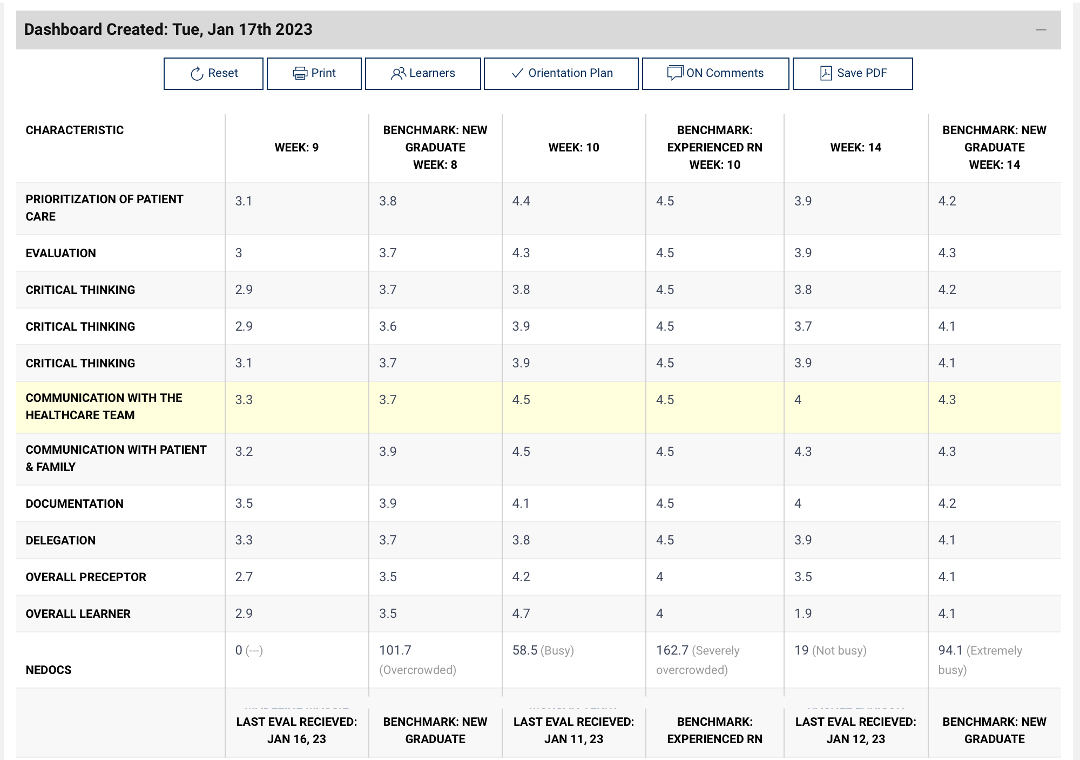
Nurse Driven by Design
There is a natural conflict of interest between educators and those managing operations. The Orientation Nurse concept is central to addressing this conflict of interest. The Orientation Nurse is an experienced Preceptor who focuses on developing an individual Learner. The Orientation Nurse collaborates with the Preceptors and Leadership to make informed decisions about a Learner's preparedness to practice independently.
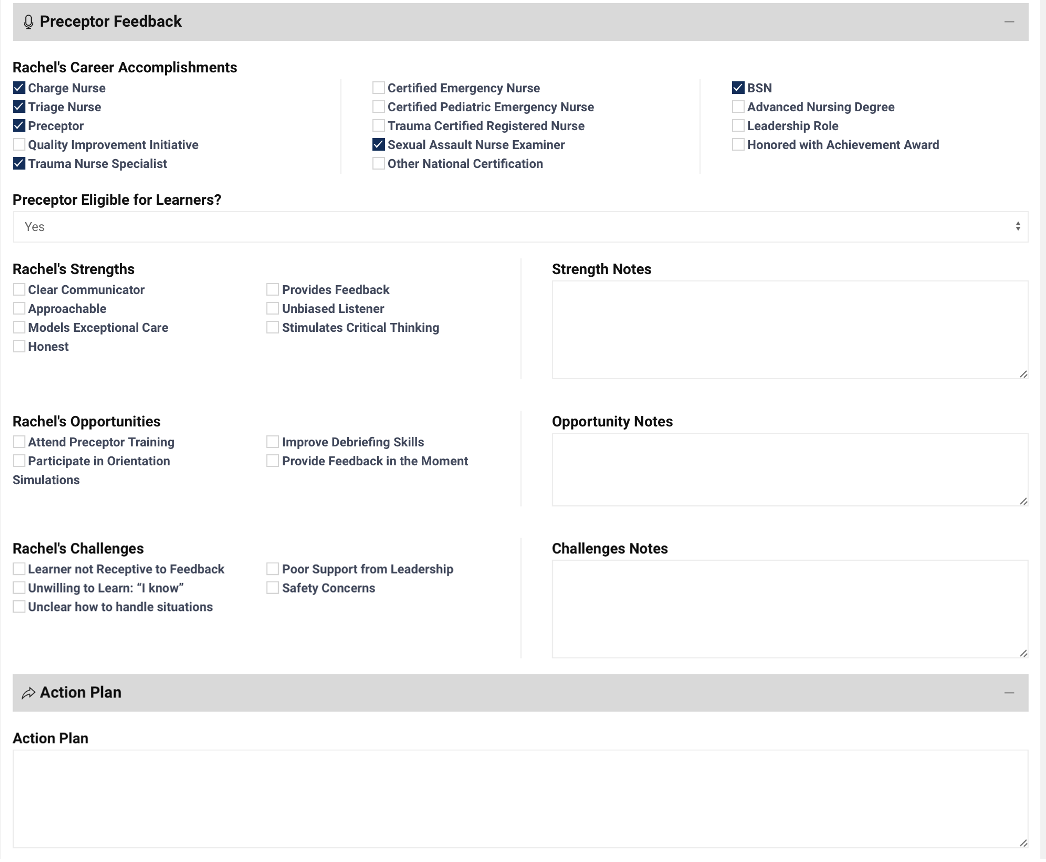
Data Management
This system allows for easy organization of all the data associated with orientation. Matching data across 21 tables allows the Educator to gain insight and individualize the orientation process. It assists the Educator in demonstrating the Return on Investment for the span of a colleague’s career.
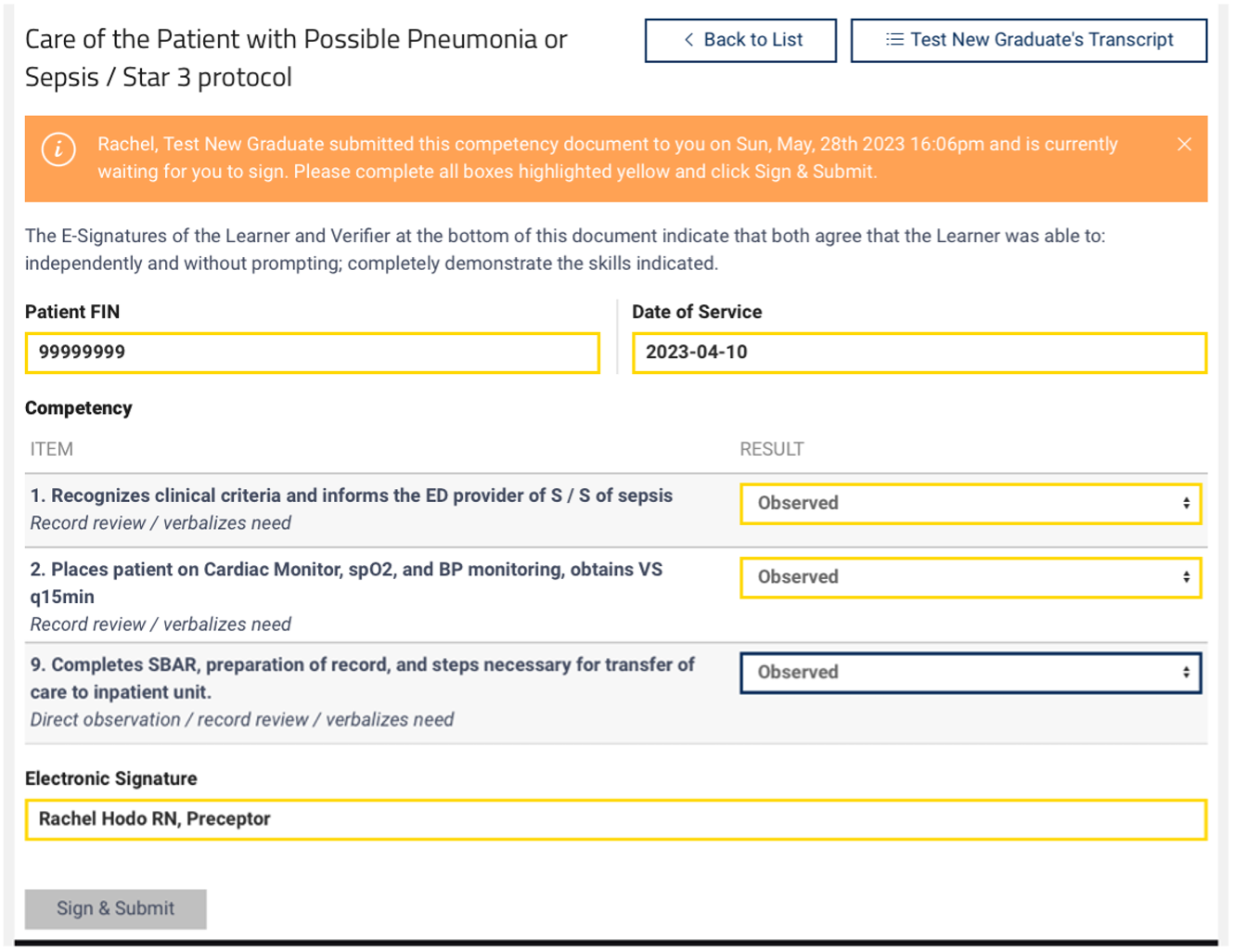
Transcript
All the learning in a classroom, simulation center, unit, etc., is tracked and automatically assembled into a transcript for both the Learner and the Preceptor. Required orientation documentation can also be verified and accessed via the Transcript. The Transcript is readily available to the leadership team for regulatory agency site visits.
A preceptor can also be formally assessed, aware of their strengths, express their challenges, realize opportunities, and create action plans for further development.
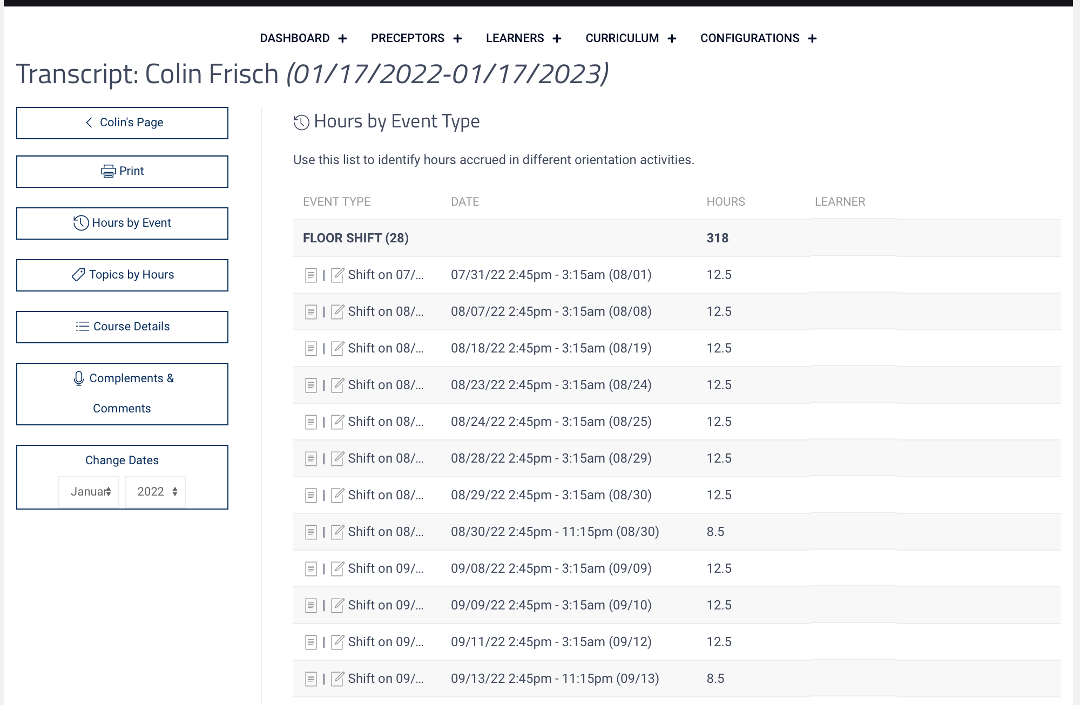
Outcomes
Review individual performance compared to a standard of care or the more extensive department’s performance. They are leveraging the curriculum to overlay when learning occurred vs. the outcome. It potentially shows how the learning event is returning on its investment or where a new method or resources are needed to make the desired impact.
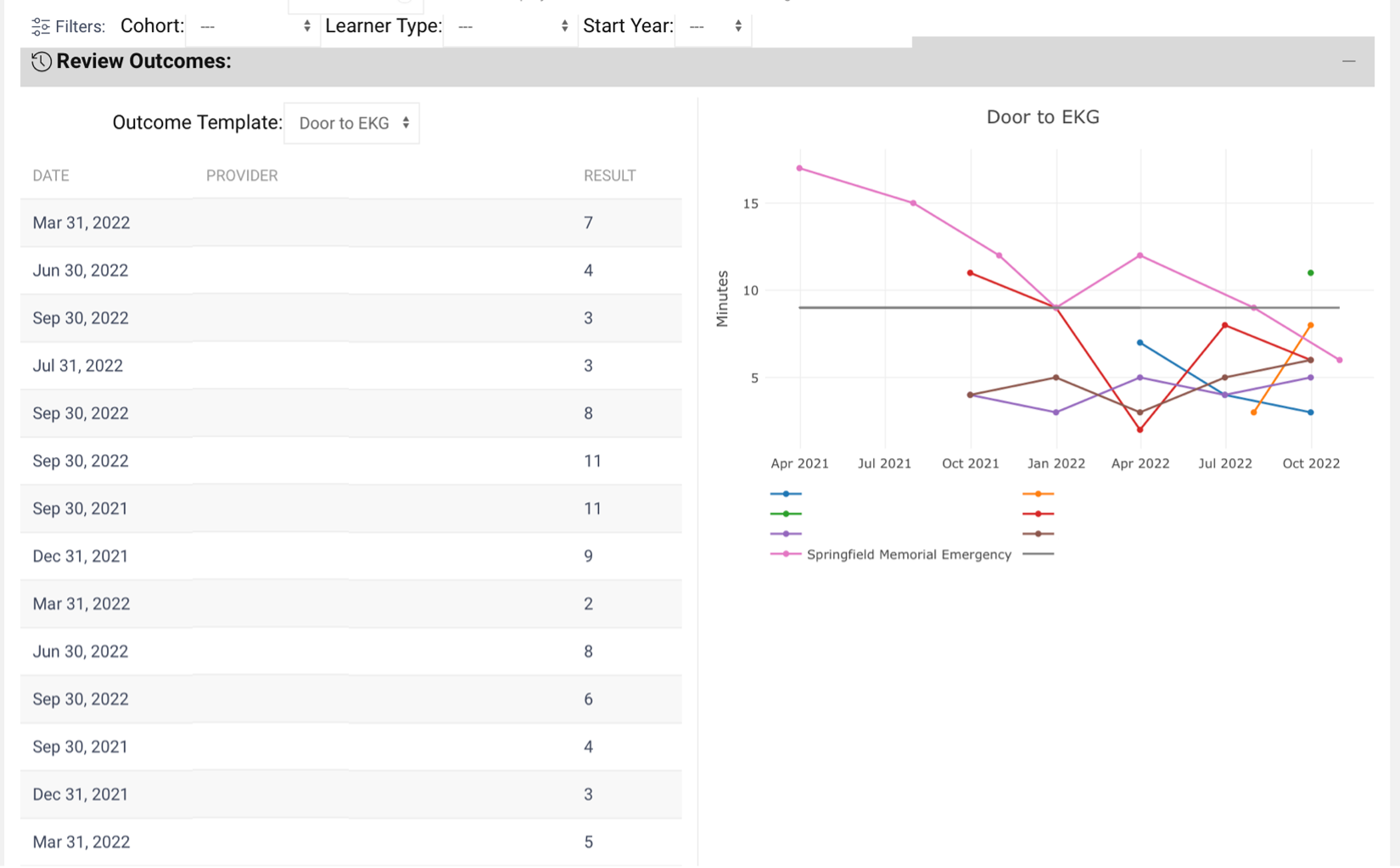
Leadership Portal
Leaders have a more concise view of the progress learners are making. There are tools to help leaders know when to anticipate a learner will be integrated into operations. Leaders also have access to Dashboards that will help them support educators’ efforts, seeing the ROI or opportunities for improvement.
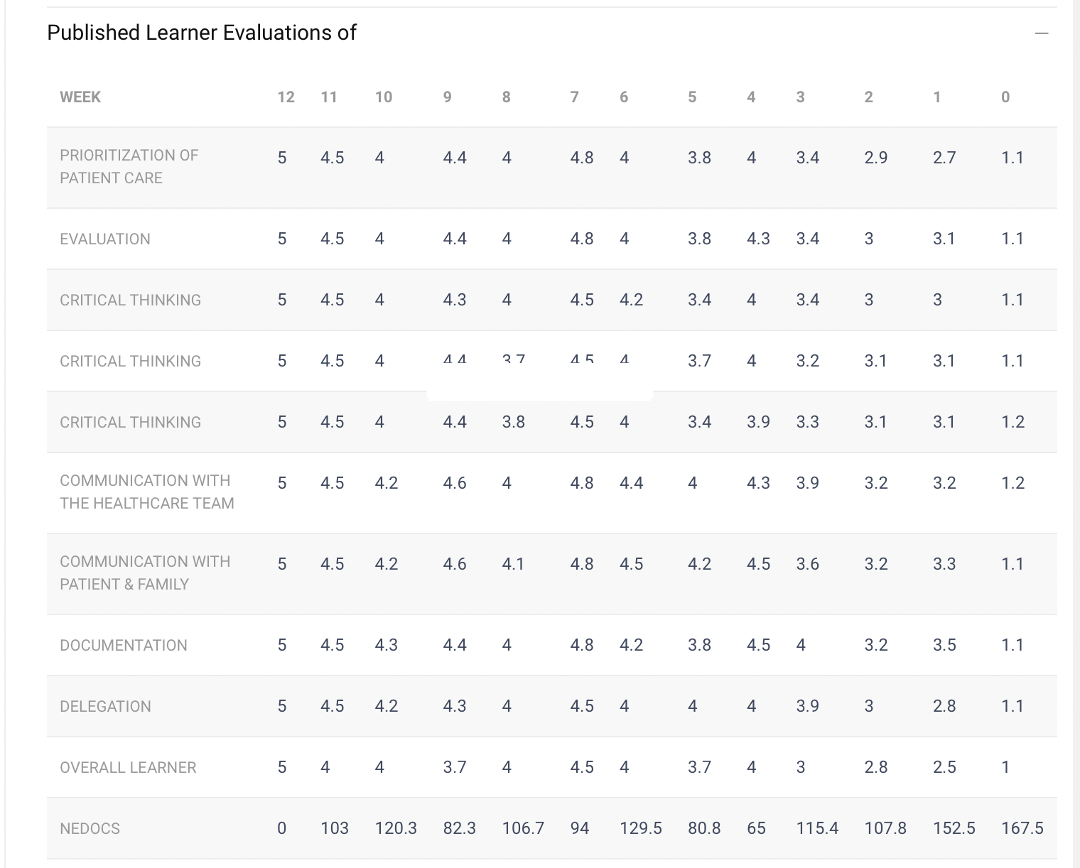
Schedule a Demonstration
saving...
NTS Learning Center
There is enormous pressure to prepare nurses to work independently when nurses have a higher-than-average turnover. Especially in a cost-conscious environment, high turnover may lead to challenges for an educator to convince leaders to invest in orientation improvements. Hastening the turnover issues as inadequately prepared nurses are much more likely to leave as they feel overwhelmed by the environment and expectations.
A traditional checklist and a prescribed number of weeks of orientations may not adequately prepare a learner’s clinical judgment skills for successful independent practice. Measuring progress helps identify each learner’s strengths and weaknesses in developing Clinical Judgment skills. The components of the orientation tracking system include data management of Learners and Preceptors, Evaluations of Orientation Shifts, Curriculum, and Outcomes. A Leadership portal allows Nursing Leaders to gain insights into Orientation and utilize the evidence to make informed operational decisions.
Ready to gain insight into your orientation process?
The NTS Learning Center is completely customizable for your organization and role. Users can make feature requests. Licenses are available to use this web application to measure your program's effectiveness.
